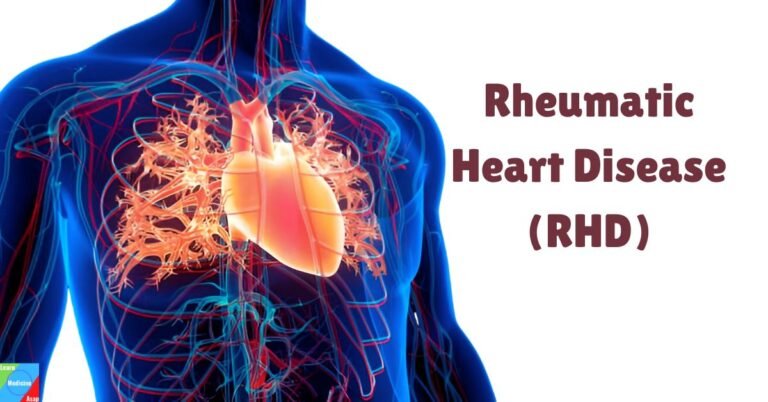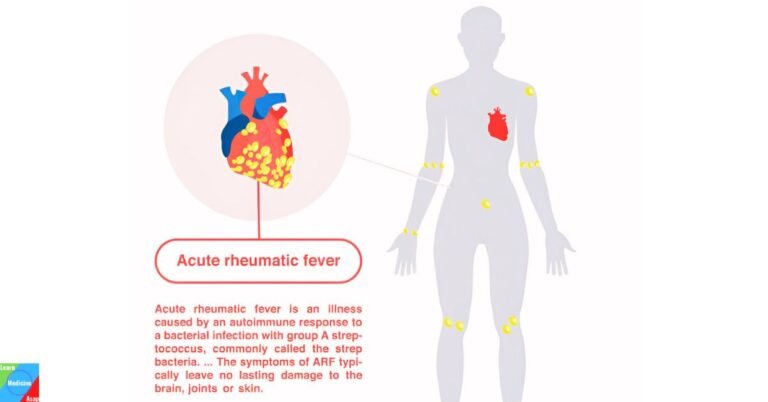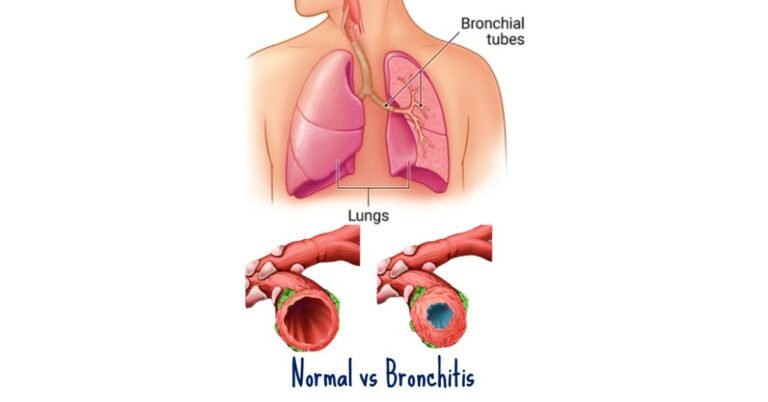Generic names: Permethrin Cream
Brand names: Elimite, Nix Cream Rinse, Acticin,
Drug class: Pyrethroid antiparasitic
Uses | Mechanism of Action | Side Effects | Dosage | Precautions | Interactions | Overdose | Takeaway | FAQs
What is permethrin cream?
Permethrin cream is a topical medication that contains permethrin, a synthetic pyrethroid insecticide. It is commonly prescribed to treat parasitic infestations on the skin and scalp, such as scabies and head lice. Permethrin, when applied to the affected areas of the skin, effectively kills the parasites and their eggs. It belongs to a class of drugs called pyrethroids, which are synthetic chemicals designed to mimic the properties of natural pyrethrins found in chrysanthemum flowers.
What is permethrin cream used for?
Permethrin cream is a multi-purpose medication used to treat a variety of skin conditions, primarily as a treatment for parasitic infections and insect infestations.
Scabies treatment
Scabies is a highly contagious skin infestation caused by the Sarcoptes scabiei mite. Permethrin cream is often the first-line treatment for scabies. It works by paralyzing and eradicating the mites responsible for the condition. When applied to the skin as directed, it is effective in eradicating the mites and relieving the associated itching and rash.
Lice treatment
Permethrin cream is also used to treat lice infestation such as; head lice and pubic lice (crabs). It is applied to the scalp, hair, or pubic area, left on for a specific duration, and then rinsed out. This process kills the adult lice and their eggs, preventing reinfestation.
It’s important to note that permethrin cream is for external use only and should never be ingested. It is generally well-tolerated, but some individuals may experience skin irritation or allergies as a side effect.
Additionally, when using permethrin for purposes other than its approved medical uses, such as in agriculture or treating pets, it should be done under the guidance of a professional to ensure safety and efficacy while adhering to regulations and guidelines governing pesticide use.
What is the mechanism of action of permethrin cream?
The mechanism of action of permethrin cream is based on its ability to disrupt the nervous system of the parasites and insects it targets, ultimately leading to their paralysis and death. Here’s a detailed explanation of the mechanism of action of permethrin cream:
- Neurotoxic effect: Permethrin is a member of the pyrethroid family of synthetic chemicals. Pyrethroids are modeled after natural pyrethrins found in chrysanthemum flowers. They have potent neurotoxic effects on various arthropods, including mites, ticks, and insects.
- Interference with nervous system: Permethrin acts by binding to voltage-gated sodium channels in the nervous systems of these pests. Voltage-gated sodium channels are crucial for the proper functioning of nerve cells. When an insect or parasite comes into contact with permethrin, the cream penetrates the exoskeleton and disrupts these channels in the nerve cells.
- Prolonged sodium channel activation: Permethrin interferes with the sodium channels by keeping them open for an extended period. In a normal nerve cell, these channels open briefly to allow the flow of sodium ions, which triggers nerve impulses. However, when permethrin keeps these channels open, it results in a continuous influx of sodium ions into the nerve cells.
- Nerve excitation: The sustained influx of sodium ions causes the nerve cells to become overexcited, leading to the continuous firing of nerve impulses. This constant nerve excitation results in paralysis of the arthropod’s muscles and eventually death.
- Immobilization and death: As the arthropod’s nervous system is overwhelmed by permethrin-induced excitation, it loses the ability to coordinate its movements, leading to paralysis. The arthropod becomes immobilized and is unable to feed, reproduce, or perform essential functions. Over time, the arthropod succumbs to the effects of permethrin exposure.
- Egg destruction: In the case of parasites like scabies mites or lice, permethrin also targets their eggs. The prolonged exposure to permethrin inhibits the hatching of eggs and affects the viability of the next generation.
- Human safety: Importantly, permethrin cream is designed to have minimal effects on human nerve cells due to differences in our sodium channel physiology compared to insects and mites. This selective action minimizes the risk of harmful effects on humans when used as directed.
What are the side effects of permethrin cream?
Permethrin is generally considered safe and well-tolerated, but like any medication, it can have side effects.
Common side effects of permethrin cream:
Skin irritation: The most common side effect of permethrin cream is skin irritation at the application site. This may include itching, redness, burning, or a mild rash. It is often temporary and typically subsides after treatment.
Stinging or tingling sensation: Some individuals may experience a stinging or tingling sensation on the skin immediately after applying the cream. This is usually mild and temporary.
Itchiness: Paradoxically, permethrin cream may cause an initial increase in itching, especially in individuals being treated for scabies. This is generally a sign that the medication is working as it starts to kill the parasites.
Redness: The skin at the application site may become slightly red, particularly in those with sensitive skin. This redness is usually not a cause for concern and tends to fade over time.
Burning sensation: A mild burning sensation or warmth at the application site can occur, but it is generally temporary and does not require medical intervention.
Serious side effects of permethrin cream:
Allergic reactions: Although rare, some individuals may experience allergic reactions to permethrin cream. Symptoms of an allergic reaction can include hives, swelling of the face, lips, or tongue, severe itching, and difficulty breathing.
Severe skin irritation: In rare cases, the skin irritation may become severe, with the development of a significant rash, blistering, or intense burning. This can be a sign of a more severe reaction and should be reported to a healthcare provider.
Eye irritation: Permethrin cream is for external use only. If the cream accidentally comes into contact with the eyes, it can cause irritation, redness, and a burning sensation. Rinse the eyes thoroughly with cold water if this happens and seek medical attention if the irritation persists.
Nerve toxicity (Rare): While permethrin is generally considered safe for humans, there have been rare reports of neurotoxic effects in individuals with pre-existing neurological conditions. Symptoms may include dizziness, headache, nausea, and muscle weakness. If you experience these symptoms, consult a healthcare professional.
What is the dosage for permethrin cream?
The dosage for permethrin cream may vary depending on the specific condition being treated, the age of the patient, and the healthcare provider’s recommendations. Here are the typical dosages for permethrin cream:
Scabies treatment:
- For adults and children: A common dosage for scabies is a thin layer of 5% permethrin cream applied to the entire body from the neck down. It should be left on the skin for 8 to 14 hours (usually overnight) and then washed off.
- Infants and young children: Permethrin cream is generally safe for use in infants and young children, but the concentration and application process should be discussed with a healthcare provider. Typically, it is applied to the entire body as well, but the concentration may be reduced.
Head lice treatment:
- For adults and children: The recommended dosage for head lice is a thin layer of 1% permethrin cream applied to the scalp and hair. It is usually left on for about 10 minutes and then rinsed out thoroughly.
Pubic lice (Crabs) treatment:
- For adults and children: A thin layer of 1% permethrin cream is applied to the pubic area, including the hair and skin. It is left on for about 10 minutes and then rinsed off.
What are the precautions to consider when taking permethrin cream?
Always follow the prescribed dosage and instructions given by your healthcare provider or those provided on the product label. Do not exceed or decrease the recommended dose without consulting a healthcare professional. Excessive amounts will not improve its effectiveness and may increase the risk of side effects.
Permethrin cream is for external use only and should not be ingested. Avoid contact with the eyes, mouth, and inside the nose. If contact occurs, rinse thoroughly with water.
If you have a known allergy to permethrin, pyrethroids, or any other ingredients in the cream, inform your healthcare provider. Allergic reactions to permethrin are rare but can occur.
If using permethrin cream on children or infants, especially those under two months of age, consult with a healthcare provider for proper application guidelines and considerations.
If you are pregnant or breastfeeding, consult your healthcare provider before using permethrin cream. They can help assess the potential risks and benefits and provide guidance on safe usage.
Do not apply permethrin cream to open wounds, cuts, or areas of broken skin. The cream should only be used on intact skin.
During and after treatment, avoid sharing personal items such as clothing, towels, and bed linens to prevent reinfestation.
It’s advisable to avoid excessive sun exposure while using permethrin cream, especially on treated areas, as it may increase the risk of skin irritation. If sun exposure is unavoidable, take precautions like wearing protective clothing.
What drugs interact with permethrin cream?
Before using permethrin cream, inform your healthcare provider about all the medications you’re taking. Some drugs may interact with permethrin, potentially affecting its efficacy or safety. The key is to avoid applying it to wet skin, open wounds, or areas with broken skin. It’s advisable to apply the cream before cosmetics or sunscreen and to consult with a healthcare provider if you have underlying skin conditions.
Overdose
Overdosing with permethrin cream is unlikely when used as directed. However, if you accidentally swallow the cream, experience severe skin irritation, or develop severe symptoms, seek immediate medical attention.
Takeaway
Permethrin cream is a topical medication effective in treating scabies and head lice. It acts by disrupting the nervous system of parasites and their eggs. While side effects are usually mild, it is crucial to follow proper application instructions and take necessary precautions, such as avoiding contact with the eyes. Drug interactions are rare, and overdose is unlikely when used correctly.
Frequently Asked Questions
Q: Can I use permethrin cream on my face?
A: Yes, you can use permethrin cream on your face, but be cautious around the eyes, nose, and mouth. Avoid direct contact with mucous membranes.
Q: Is permethrin cream safe for children?
A: Permethrin cream is generally safe for children when used as directed. Consult a pediatrician for proper dosing and application instructions.
Q: How long does it take for permethrin cream to work against scabies?
A: Permethrin cream usually starts killing scabies mites upon contact, but it may take a few days for all symptoms to resolve. Itching may persist for a few weeks but should gradually improve.
Q: Can I apply permethrin cream on broken or wounded skin?
A: It is not recommended to apply permethrin cream to open wounds or broken skin. Always follow the guidance of your healthcare provider.
Q: What should I do if I accidentally swallow permethrin cream?
A: If you or someone you know ingests permethrin cream, contact a poison control center or seek medical attention immediately.
Q: Is it normal to experience itching after using permethrin cream for scabies treatment?
A: Yes, it’s normal to experience itching after using permethrin cream for scabies. This is often due to the body’s reaction to the dead mites. If itching persists or worsens, consult your healthcare provider.
References
- Stone, S. P., Bragg, B. N., Magness, L. J., & Morgan, M. S. (2018). Permethrin 5% cream versus crotamiton 10% cream in treatment of scabies. Pediatric Dermatology.
- Feldmeier, H., & Heukelbach, J. (2009). Epidermal parasitic skin diseases: a neglected category of poverty-associated plagues. Bulletin of the World Health Organization, 87(2), 152-159. DOI: 10.2471/BLT.07.045294
- Elston, D. M. (2017). Scabies. Dermatologic Therapy, 30(4), e12474. DOI: 10.1111/dth.12474
- Chosidow, O. (2000). Scabies. New England Journal of Medicine, 354(16), 1718-1727. DOI: 10.1056/NEJMcp052784
- Permethrin cream – Drugs.com Drugs.com Drug Page



